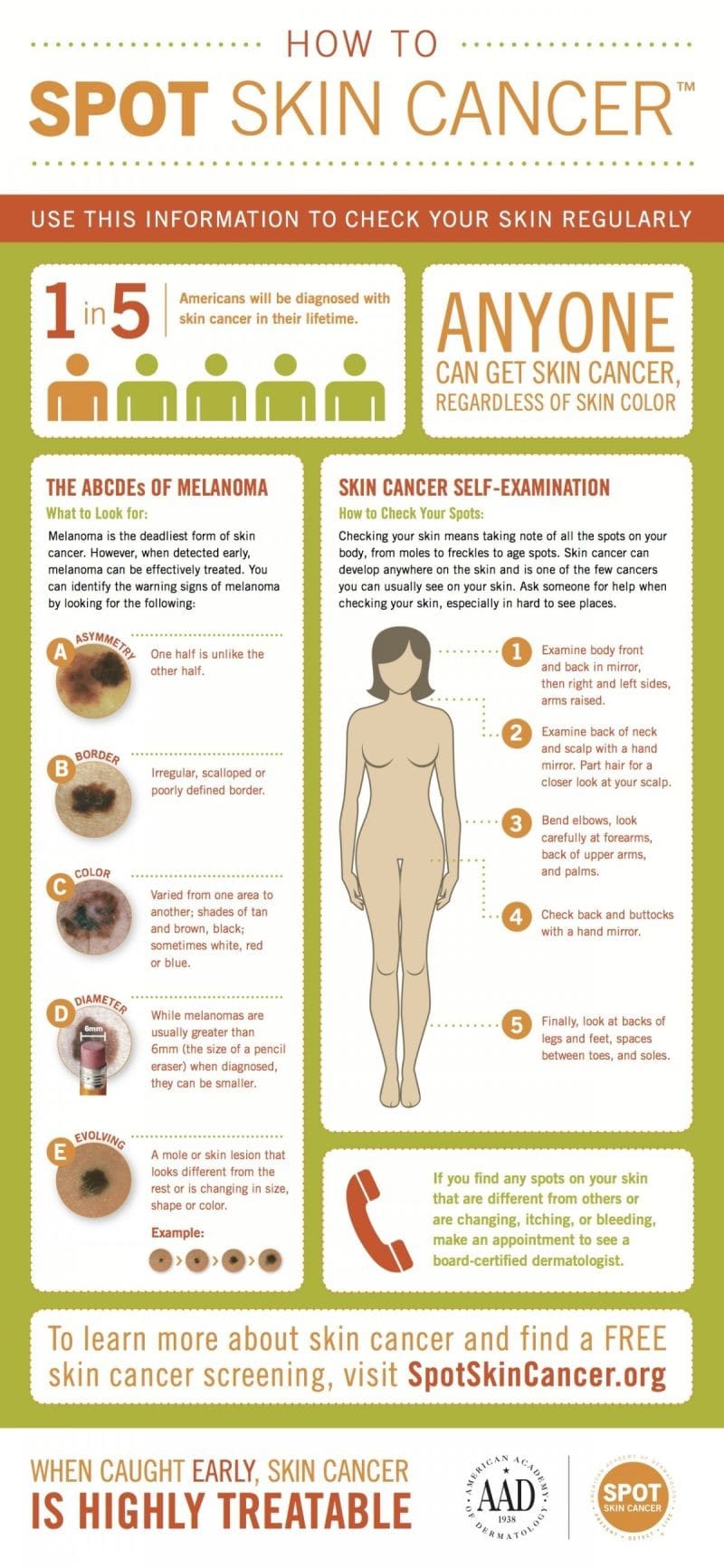Your Family Deserves the Best Care Book an Appointment
Your skin health matters, so don’t delay. Our clinicians look forward to treating you and your family at one of our local New England practices.
Find Your Nearest APDerm Center
More than one million people will be diagnosed with skin cancer this year. Catching irregularities early is imperative.
Typically, when you discover and remove skin cancer early, it is highly curable. Many put this simple task off because it seems like a nuisance or they don’t know what to do. Creating a system for yourself is the smartest thing for your health. Do a quick check once a month and then be on your way!
Melanoma is curable when found early. Schedule an appointment to see your dermatologist once a year for a screening, or more frequently if your doctor advises this. In between visits, examine your skin. Take note of what you see and create a mental ‘roadmap’ of your skin for future reference. Call your dermatologist if a mole becomes larger, changes color, is asymmetric, or develops an irregular border. Also, be aware of any pain, itching, crusting or bleeding. If a skin lesion is drawing your attention for any reason, you should consider having it evaluated by a dermatologist.
Follow the ABCDE method when analyzing moles and notify your doctor if you discover any abnormalities. Look for the following criteria which suggest features of concern:
Examine your face and inspect the front and backs of each ear. Check your scalp and ask a family member or friend to help view places that you cannot see. Utilize a mirror. Don’t forget in between your fingers, toes, underarms, buttocks and the soles of the feet. You can check all of your other easily accessible areas such as back, arms, hands, chest and legs yourself.
Think of it as a dual-effort to discover any worrisome spots. We know our own bodies best and physicians have experience, medical knowledge and instinct on their side. It is a great team! Partner with your dermatologist to determine a schedule that works for you and your risk factors/family history and reduce your skin cancer risk starting today.
